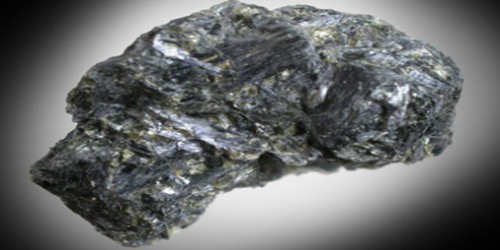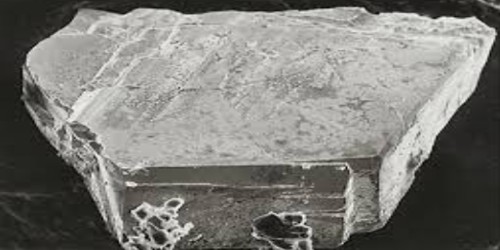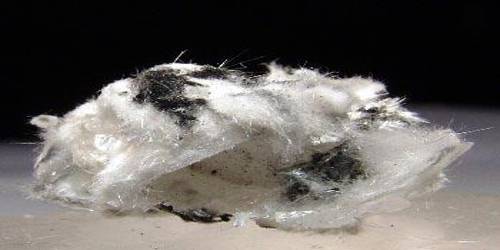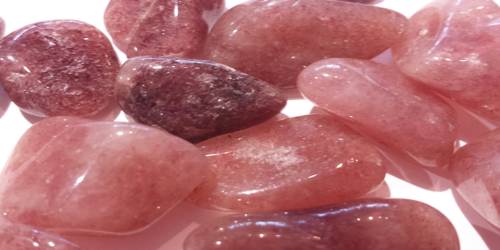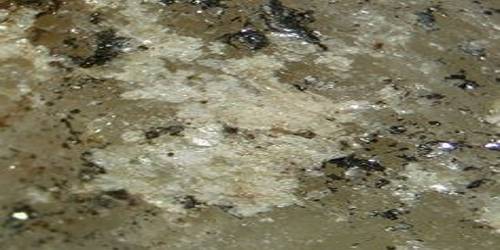Glaucophane is the name of a mineral and a mineral group belonging to the sodic amphibole supergroup of the double chain inosilicates. Glaucophane is named for its typical blue color. Chemical formula ☐Na2(MgAl2)Si8O22(OH)2. It is a bluish sodium-containing mineral of the amphibole group, found chiefly in schists and other metamorphic rocks.
General Information
- Category: Inosilicates (Sodic amphibole group)
- Formula: ☐Na2(MgAl2)Si8O22(OH)2
- Crystal system: Monoclinic
- Crystal class: Prismatic (2/m) (same H-M symbol)
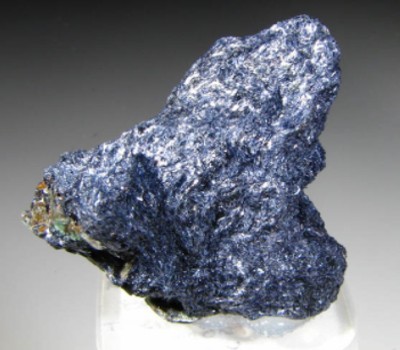
Fig: Glaucophane
Properties
Glaucophane crystallizes in the monoclinic system. The blue color is very diagnostic for this species. It is the magnesium-rich endmember and ferroglaucophane is the iron-rich endmember. Its hardness is 5–6 and its specific gravity is approximately 3–3.2.
- Color: Gray, navy blue, lavender-blue
- Crystal habit: slender long prisms, Massive granular to columnar
- Fracture: Brittle – conchoidal
- Mohs scale hardness: 6.0 – 6.5
- Luster: Vitreous – pearly
- Streak: Grayish blue
- Diaphaneity: Translucent
- Specific gravity: 3 – 3.15
- Optical properties: Biaxial (-)
Occurrence
The blueschist metamorphic facies gets its name from abundant blue minerals glaucophane and lawsonite. Glaucophane generally forms in blueschist metamorphic rocks of gabbroic or basaltic composition that are rich in sodium and have experienced low temperature-high pressure metamorphism such as would occur along a subduction zone.
This material has undergone intense pressure and moderate heat as it was subducted downward toward the mantle. Glaucophane is also found in eclogites that have undergone retrograde metamorphism.
Information Source:
